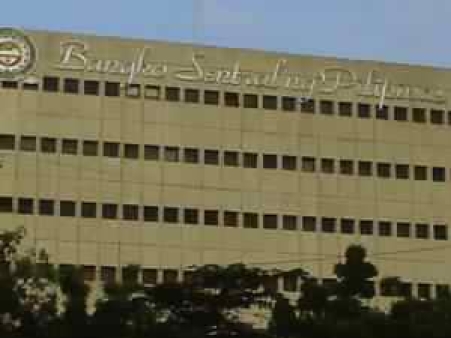
Philippine central bank seeks to loosen bank branching curb
Involves partial lifting of moratorium on the establishment of new banks in 8 restricted areas in nation’s premiere metropolitan area.
The Bangko Sentral ng Pilipinas (BSP) is reviewing proposals to lift the branching restriction in the eight “restricted areas” of Metro Manila and to further liberalize branching policy, following petitions submitted by second-tier banks which appealed for a more level playing field.
BSP officials requesting anonymity said the Monetary Board is reviewing the partial lifting of the eight restricted areas, namely Makati, Mandaluyong, Manila, San Juan, Quezon City, Parañaque, Pasay and Pasig.
The moratorium on the establishment of new banks and branches was first imposed in 1999 but in 2005 and 2008, a partial easing of the moratorium was implemented and the BSP narrowed the restricted areas to eight, and allowed micro-finance-oriented banks to establish presence in these barred cities.
Currently under review are proposals that would allow second-tier banks to be more competitive and to have a further hold on market share. The maximum number of branches to be allowed are also still under review, as well as the minimum qualifications for both the commercial and thrift banks.
BSP sources said the BSP may be willing to allow a commercial bank with at least P10 billion ($231.29 million) capital accounts to establish a new branch in any of the eight restricted areas, and at least P3 billion ($69.39 million) for thrift banks.
East West Banking Corp. and Asia United Bank requested the BSP’s consideration to ease branching rules to allow mid-sized commercial banks or banks with under P100 billion ($2.31 billion) in terms of asset size, the opportunity to increase market share. Bigger banks such as Philippine National Bank, the state-controlled Development Bank of the Philippines and Rizal Commercial Banking Corp. also appealed for a review of the limited branch network policy.
View the full story in the Manila Bulletin.






















 Advertise
Advertise








